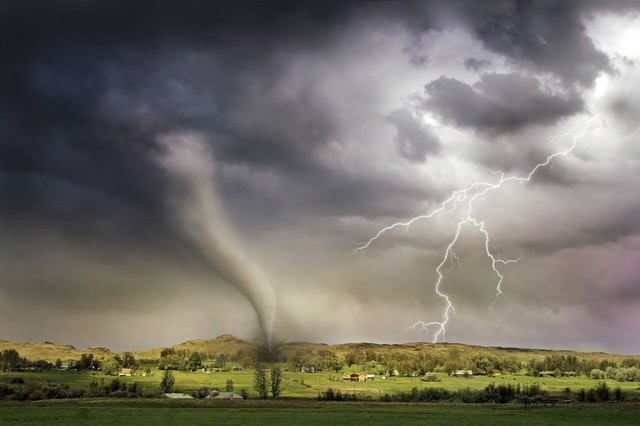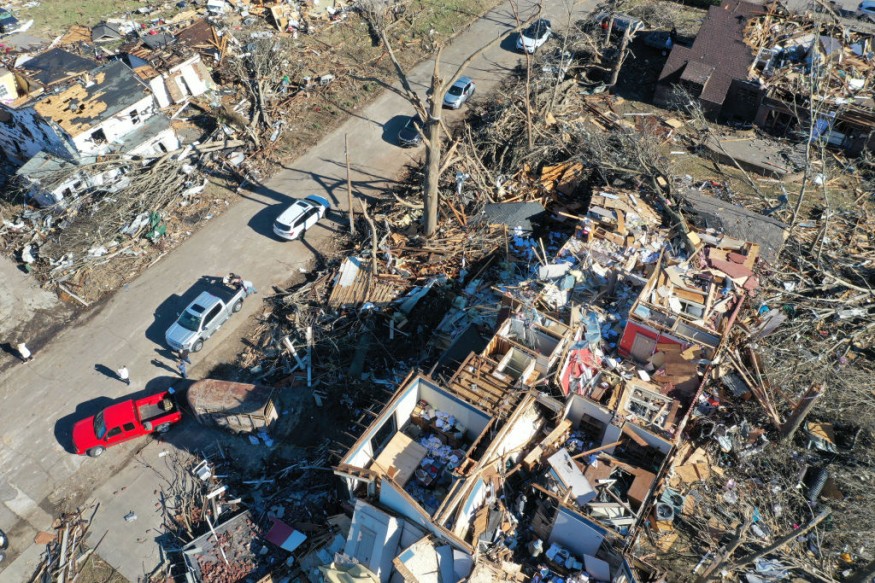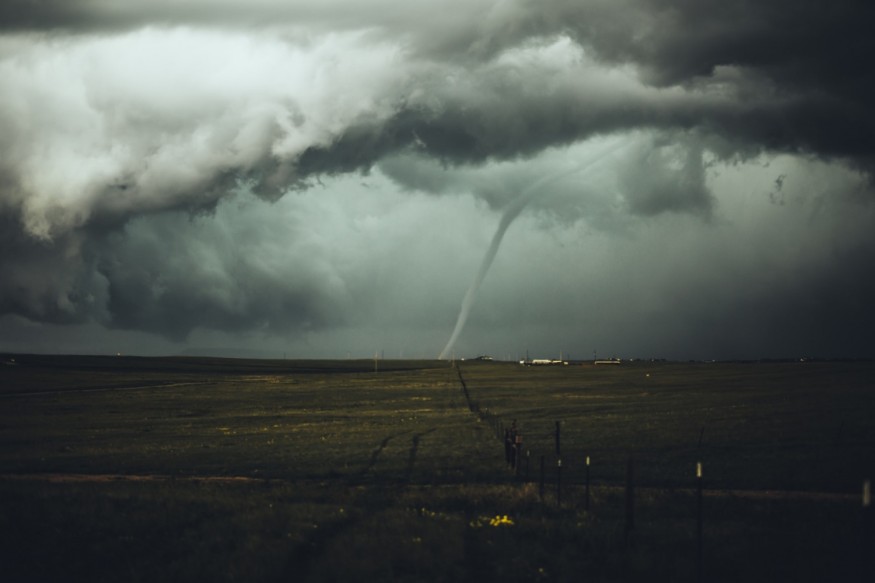In a warming world, dangerous winter tornadoes, such as those that killed five people this week in five states, are likely to be stronger, linger on the ground longer, and cause a greater swath of devastation, according to a new study.

According to a research presented at the American Geophysical Union meeting Monday, certain rare winter tornadoes that are killers now would have nine times more strength by the end of the century if carbon dioxide levels continue to grow.
Tornado Outbreak

The study, conducted before the disastrous tornado outbreak in Mayfield, Kentucky, examines the intensity of large tornadoes rather than their frequency as climate change proceeds. It was presented as a poster sneak peeks at fresh research published later. It had not yet been peer vetted.
"There is a possibility for more extreme occurrences in the future that would not have been as intense in the current environment," said study author Jeff Trapp of the University of Illinois, Urbana-Department Champaign's Atmospheric Sciences. "Keep in mind that these high-end occurrences will remain uncommon."
Using Previous Tornado Data
Trapp used data from two large tornado strikes in 2013-the Hattiesburg, Mississippi, tornado, which injured 82 people with winds of 170 mph in February, and the Moore, Oklahoma, tornado, which killed 24 people with winds of 210 mph (340 kph) in May-to run dozens of computer simulations of the worst-case climate change scenario by 2100, which other scientists say is becoming increasingly unlikely.
Between now and the end of the century, the worst-case scenario, which the world was on course for, would see another 6 degrees (3.3 degrees Celsius) of warming. Trapp said he plans to perform simulations shortly based on a carbon dioxide emissions trajectory that results in around 3.2 degrees (1.8 degrees Celsius) of warming over present levels.
Winter Storms
Trapp discovered a major difference in the winter storm, with much longer and wider tracks and wind speed increases of roughly 14%, resulting in a nine-fold increase in force when using a model that considers wind speed, rotation, and route size. For the spring storm, he claimed, power was increased 1.5 times.
Stormy Weather + Wind Shear

That's because tornadoes require two critical ingredients: unstable stormy weather and wind shear, according to Trapp. Wind shear, or the variation in wind speed between high and low levels, usually is stronger in the winter, although stormy weather is less typical since it requires warm, humid conditions near the ground. However, as the earth heats, he believes there will be greater opportunities for winter instability.
Three outside experts thought the study may be valid, but they aren't sure yet.
Harold Brooks, a scientist at the National Severe Storms Laboratory in Norman, Oklahoma, stated, "I'm not sold on the technique, but it's a really fascinating approach." "The longer-tracks during the chilly season appear to be the most fascinating outcome to me."
"One of the significant components of Friday's outbreak was the broad and anomalously warm (swath of temperatures) that allowed the storm to linger for what will certainly be a record-breaking route length," said Northern Illinois University meteorology professor Victor Gensini.
For more news about the environment , don't forget to follow Nature World News!
© 2025 NatureWorldNews.com All rights reserved. Do not reproduce without permission.





